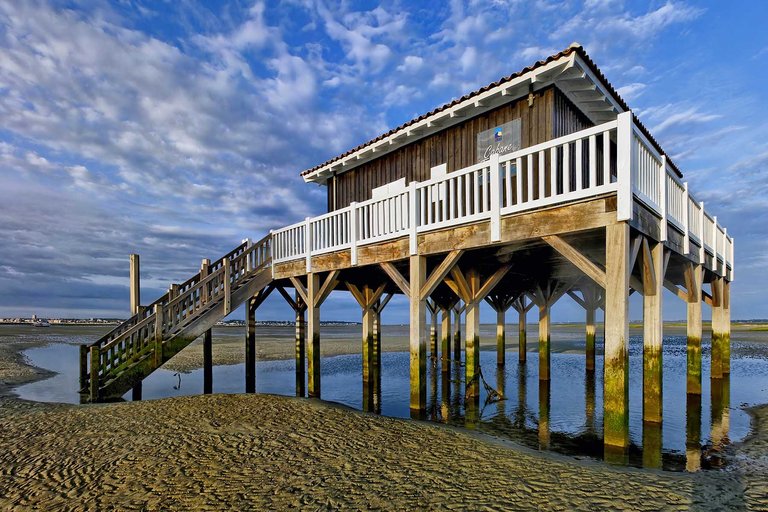
A tucked cabin is a wooden cabin built on stilts: it is the emblem of the Bassin d'Arcachon.
There are two cabins on the island of Oiseaux, a small island in the center of the Bassin d'Arcachon.
They were built on a sandbank and are isolated at high tide.
Historically the construction of this type of huts has been granted to oyster farmers so that they can monitor their parks without being dependent on the tides.
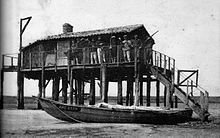
They were built in pine moorland, the main material, ensuring their affiliation with huts of resin or similar to the shepherd landais watching his flock perched on stilts - "tchanques" or "chancas" - in Gascon.
The first oyster cabins on stilts were built from the nineteenth century, including the Port of Larros in the city of Gujan-Mestras.
The oyster farmer Martin Pibert built in 1883 one of the first shacks on Île aux Oiseaux for the surveillance of its parks. It was destroyed in 1943 by a storm. Today, there are only wooden pillars that can be seen at low tide.
In 1945, a carpenter-carpenter from Arcachon was authorized to build a pleasure home, a kind of second home not far from the place of the cabin that had just been destroyed.
This is one of the cabins that we can see today.
The second cabin was built on the public maritime domain in 1948 by a building contractor, Mr. Julien Longau. Baptized cabin No. 53, it was attached to the city of Teste de Buch.
Heavily damaged, in 2007 it underwent an extensive restoration program to ensure its preservation and rehabilitation.
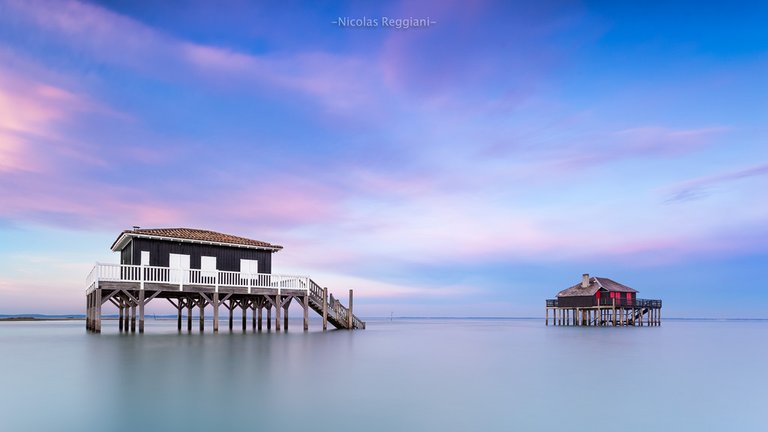
Hut 53 was deconstructed and then rebuilt identically and according to traditional methods. Its renovation cost more than 600 000 euros to the municipality.
The hut thus restored is a place of discovery of the fauna and the flora of the island aux Oiseaux.
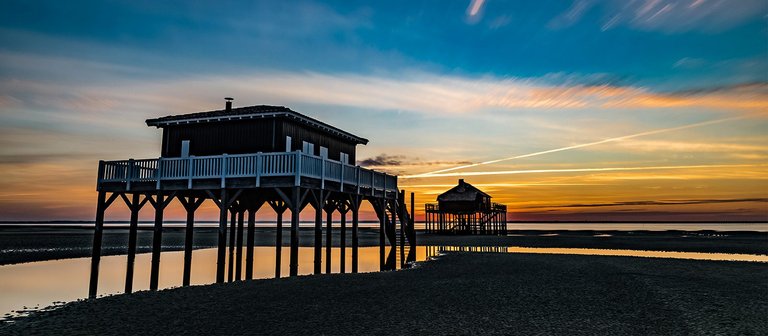
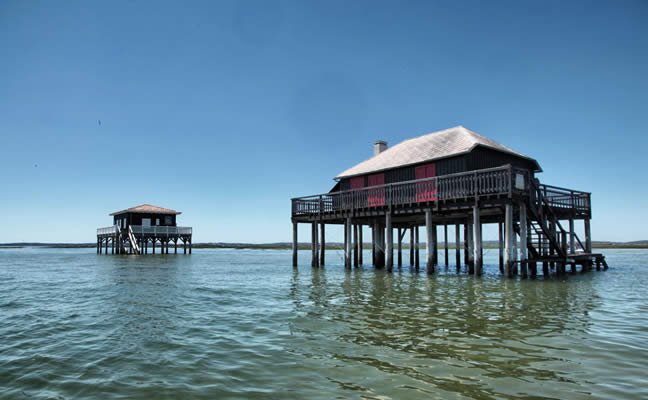
French version:
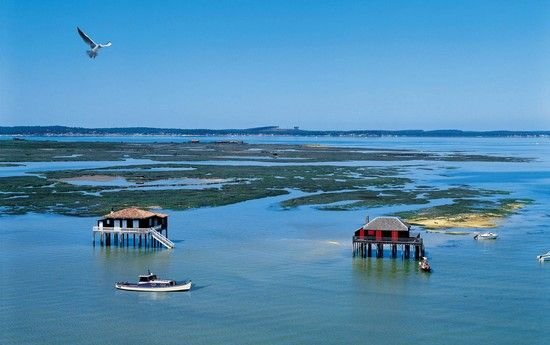
Une cabane tchanquée est une cabane en bois construite sur pilotis : c'est l'emblème du Bassin d'Arcachon.
Il existe deux cabanes tchanquées sur l'île aux Oiseaux, petite île située au centre du Bassin d'Arcachon.
Elles ont été construites sur un banc de sable et sont isolées à marée haute.
Historiquement la construction de ce type de cabanes a été accordée aux ostréiculteurs afin qu'ils puissent surveiller leurs parcs sans être tributaires des marées.
Elles ont été construites en pin des landes, principal matériau, assurant ainsi leur filiation avec les cabanes de résinier ou semblables également au berger landais veillant son troupeau juché sur des échasses - "tchanques"ou "chancas" - en gascon.
Les premières cabanes ostréicoles sur pilotis furent construites à partir du XIXème siècle, notamment au Port de Larros dans la ville de Gujan-Mestras.
L'ostréiculteur Martin Pibert construisit en 1883 l'une des premières cabanes tchanquées de l'île aux Oiseaux destinée à la surveillance de ses parcs. Elle fut détruite en 1943 par une tempête. Aujourd'hui, il ne reste que ses piliers en bois que l'on peut voir à marée basse.
En 1945, un charpentier-menuisier d'Arcachon a eu l'autorisation de construire une habitation de plaisance, une sorte de résidence secondaire non loin de l'endroit de la cabane qui venait d'être détruite.
C'est l'une des cabanes tchanquées que nous pouvons voir aujourd'hui.
La seconde cabane a été construite sur le domaine public maritime en 1948 par un entrepreneur en bâtiment, Monsieur Julien Longau. Baptisée la cabane n° 53, elle a été attibuée à la ville de la Teste de Buch.
Fortement endommagée, elle a subi en 2007 un vaste programme de restauration de manière à assurer sa sauvegarde et sa réhabilitation.
La cabane 53 a été déconstruite puis reconstruite à l'identique et selon les procédés traditionnels. Sa rénovation a coûté plus de 600 000 euros à la commune.
La cabane ainsi restaurée est un lieu de découverte de la faune et la flore de l'île aux Oiseaux.
Sebastien,
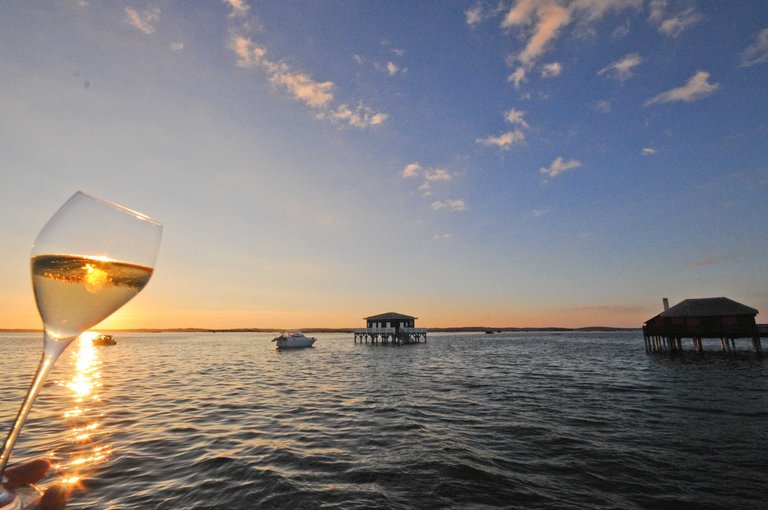
nice
Thank you ! You can vote if you like it
nice
Some of these photos are amazing. Well done
Thank you, you can vote ! Many other pic on my blog...
superbes photos :-)
upvoted!
Cheers,
alex
Merci alex !